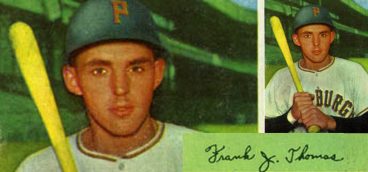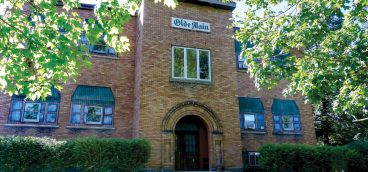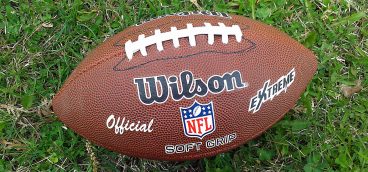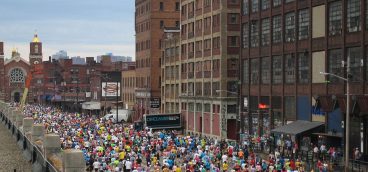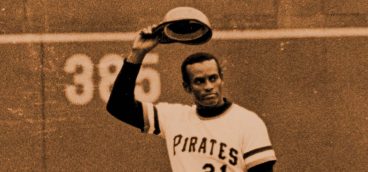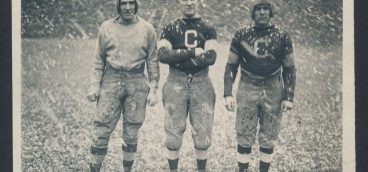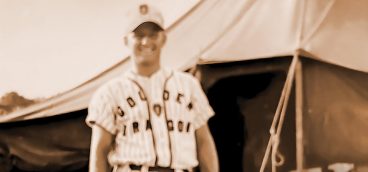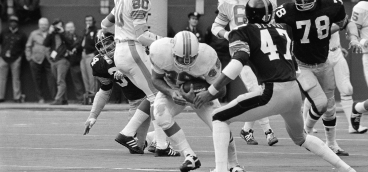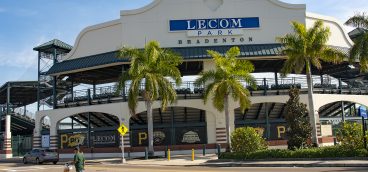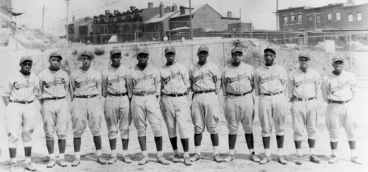Pittsburgh’s Golden Era of Slow-Pitch Softball
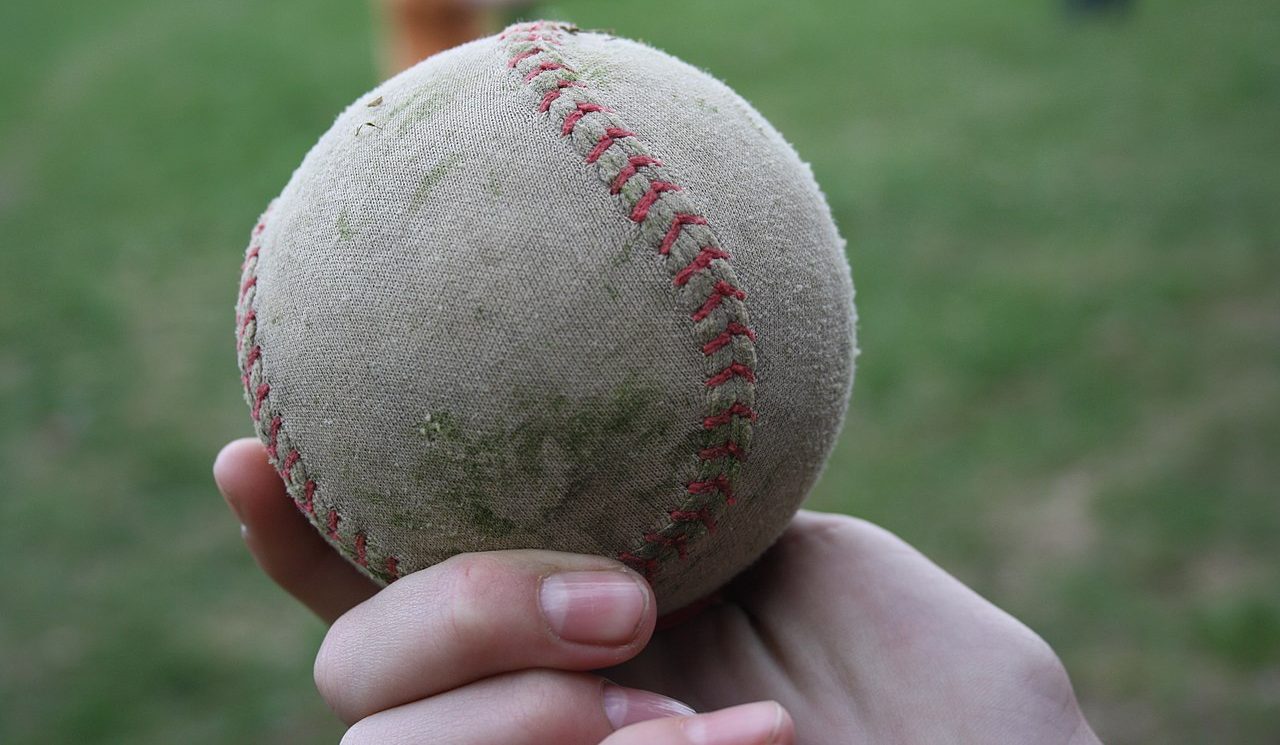
Pittsburgh’s slow-pitch softball home-run king, Paul Tomasovich passed away March 5 at the age of 89. Described in his obituary as “the man, the myth, the legend,” he was fabled in the 1960s for his tape-measure home runs.
His obituary mentions two of the most remembered Herculean home runs hit by Tomasovich. In a game at Brookline’s Moore Field, he blasted a 12-inch softball that struck a light tower on its gravity-defying flight out of the ball park. In another game at Greenfield’s Magee Field, Tomasovich, a right-handed batter, once hammered a ball the length of a football field, over the goal posts, and onto Greenfield Avenue. If the softball had been hit at Forbes Field, it likely would have challenged the 406 mark in left-center field.
Tomasovich, however, admitted that, like the stories about Mickey Mantle, “things have a way becoming distorted.” A resident of Greenfield, he claimed that he did hit a home run onto Greenfield Avenue but the distance to left field at Magee Field, his home ball field, was so great that he often adjusted his swing and hit around 20 home runs each season out of Magee Field’s much shorter right-center field.
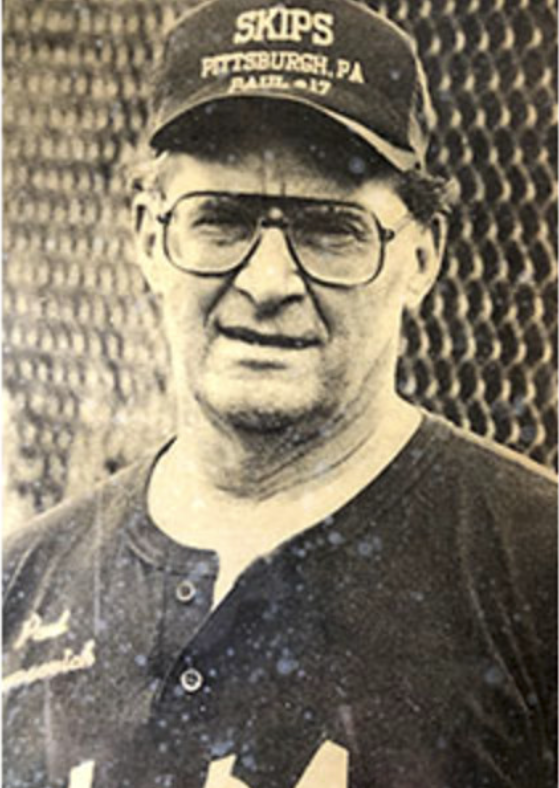
Most of Pittsburgh’s city parks, like Magee, were oblong in shape because teams played football as well as baseball and softball on them. Because of the length needed for a football field, left field was usually much longer than right field. Tomasovich complained that outfielders played so deep in left field when he came to bat that they just waited to camp under his towering fly balls. Teams had ten players and used a four-man outfield, so the opportunity for Tomasovich to hit a gap if he couldn’t hit the ball over an outfielder’s head was limited by a waiting left-fielder and left-center fielder.
The best softball hitters in Pittsburgh were adept at lining base hits up the middle and Tomasovich was no exception. Besides hitting with power, he hit for average. In the 1964 Amateur Softball Association tournament, regarded as softball’s World Series, he led Jim’s Sports Shop to the championship with a .708 average and was the tournament’s MVP. He more than duplicated his MVP feat in 1969 with a .714 average. He was also an outstanding third baseman. He challenged hitters by playing a deep position, almost in the outfield, but with his powerful arm he had no trouble throwing runners out.
Besides the national softball tournaments, there were numerous tournaments in the Pittsburgh area, ranging from Coraopolis to Etna, but the life-blood of Pittsburgh softball was its three major softball leagues, organized by the Honus Wagner and Yanks sporting goods stores. The Honus Wagner League was the lowest level of the three leagues and usually was where teams played that were just starting out or had trouble getting a sponsor. Those teams that excelled in the Honus Wagner League usually were able to find a sponsor, often a local beer joint, and moved up to the more competitive Allegheny County League.
The premier league, however, and the most popular, drawing large crowds to its games, was the Greater Pittsburgh League. It attracted the most talented and the most powerful ballplayers in the area, players with nicknames like Biggie, Jumbo, Sluggo, and Moose. One of the outfielders on Paul Tomasovich’s championship team was Miller “Killer” Adams. The teams also featured pitchers who, within the limitations of a ten-foot arc, were effective at spinning and angling the ball. Lou Delmastro another of Tomasovich’s teammates, was regarded as the best pitcher in slow-pitch softball. Both Tomasovich and DeMastro are in the Amateur Softball Association Hall of Fame.
I never played against Paul Tomasovich, but I played for and against teams in all three of Pittsburgh’s major slow-pitch softball leagues. I also took part in one of the most memorable games at that time, a David and Goliath affair between an undefeated Honus Wagner team and one of the best teams in the Greater Pittsburgh League.
In 1959, my softball buddies and I, after winning the Park District slow-pitch tournament for Ormsby on the South Side, decided we were good enough to play in a city-wide organized league. Most of us were under 21, so despite the countless beer joints on the South Side, we weren’t able to find a sponsor. Undaunted, we pitched in enough money for the entry fee for the Honus Wagner League and for jerseys that advertised our team, appropriately named the South Side Black Sheep.
We were a team that played well because we’d played ball together since we were kids. We romped through an undefeated season in the Honus Wagner League, and, as we watched upper division softball on the nights we didn’t play, we thought that we were as good as the best softball teams in Pittsburgh. So we decided to challenge Landos, sponsored by a South Side drug store and one of the best teams in the Greater Pittsburgh League, to a money game.
Landos jumped at the opportunity to make some easy money. We agreed that each starting player would put up $25, so that the winning team would get a $250 pot. The game would be played at the South Side’s Quarry Field, the home field for both teams. We anticipated a large crowd for the game, so we agreed that the money collected when we passed the hat during the game would be added to the pot.
We’d not lost a game that season at Ormsby and the Honus Wagner League, but we had not played a team with Landos’ talent and size. We played well but our nicknames, like Buzzy, Chick, and Iggy, were a dead giveaway that we were not very big and not very powerful.
When the game started, it was as if Einstein had tampered with the physics of playing softball. The balls we batted for base hits in the Honus Wagner League were cut off before they bounced through the infield or caught before they found the outfield gap. Ground balls we fielded routinely shot through the infield before we could move and fly balls we ran down in the outfield sailed far beyond our reach. When the carnage was over, we lost the game, and our confidence 13-3.
We recovered from the humiliating loss to Landos in time to find a sponsor for next season and moved up to the Allegheny County League. As the South Side’s Club Cafe, we got off to a good start, but, when we balked at Club Cafe owner, Moe, demanding we sell raffle tickets to recover the money he spent on uniforms and equipment, he took back his sponsorship and his uniforms.
We played out the rest of the season as the Black Sheep, but that was the end of our misadventures as a team in Pittsburgh’s slow-pitch softball leagues. I went on to play for a variety of teams in leagues and tournaments and accumulated so many softball jerseys, ranging from beer joints to local unions, that, to my wife Anita’s constant compliant, they fill two drawers in our bedroom dresser. It’s been over fifty years since I played slow-pitch softball in Pittsburgh, but those jerseys still remind me of the competition and the popularity of a golden era of slow-pitch softball in Pittsburgh.


